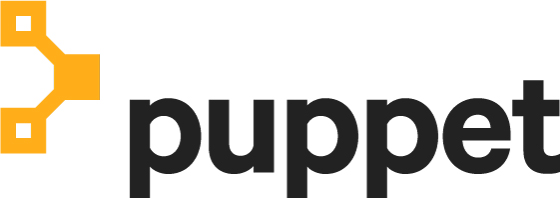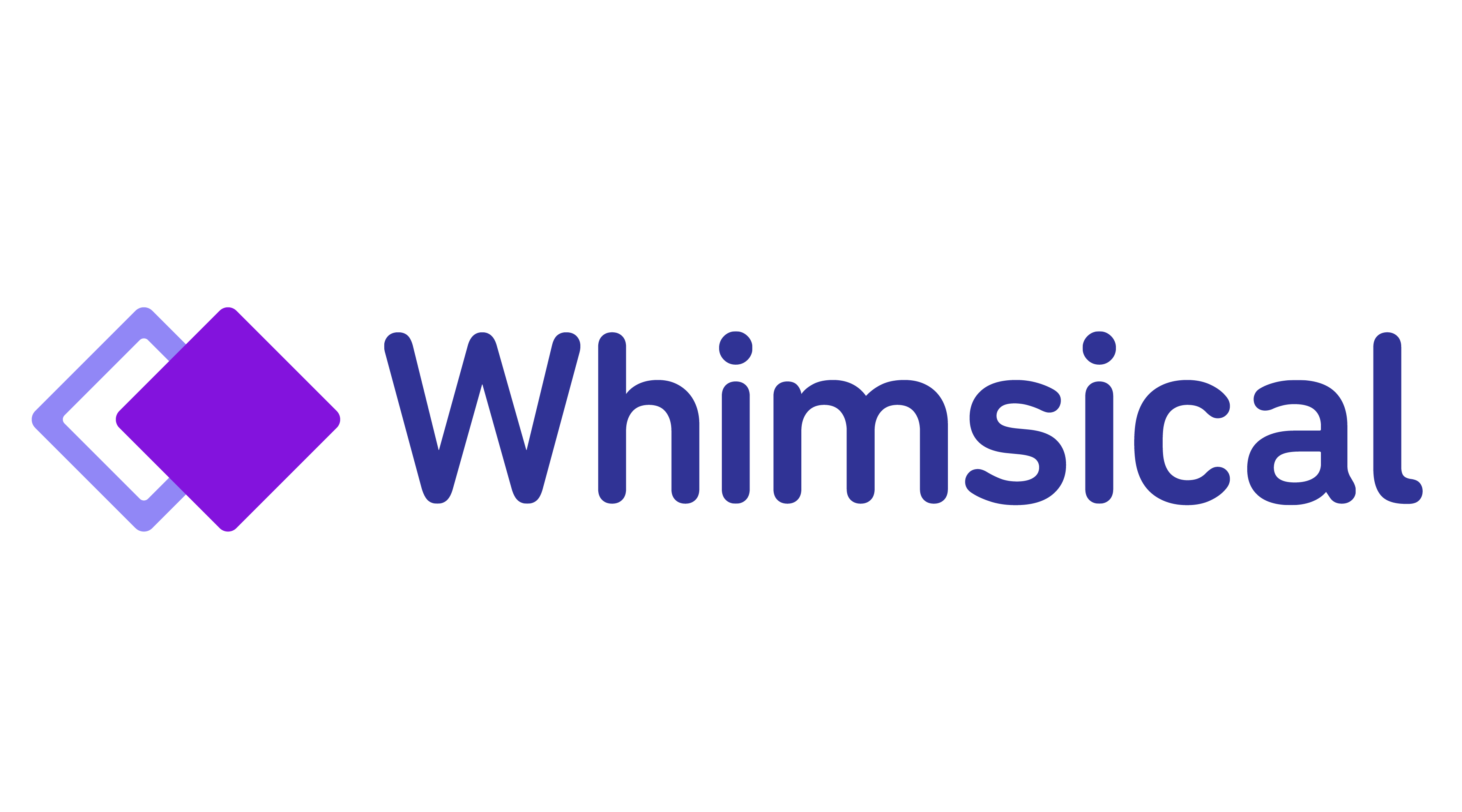ClojureDocs is a community-powered documentation and examples repository for the Clojure programming language.
Recently Updated
Contribute to ClojureDocs
We need your help to make ClojureDocs a great community resource. Here are a couple of ways you can contribute.
Give Feedback
Please open a ticket if you have an idea of how we can improve ClojureDocs.
Add an Example
Sharing your knowledge with fellow Clojurists is easy:
First, take a look at the examples style guide, and then add an example for your favorite var (or pick one from the list).
In addition to examples, you also have the ability to add 'see also' references between vars.





























